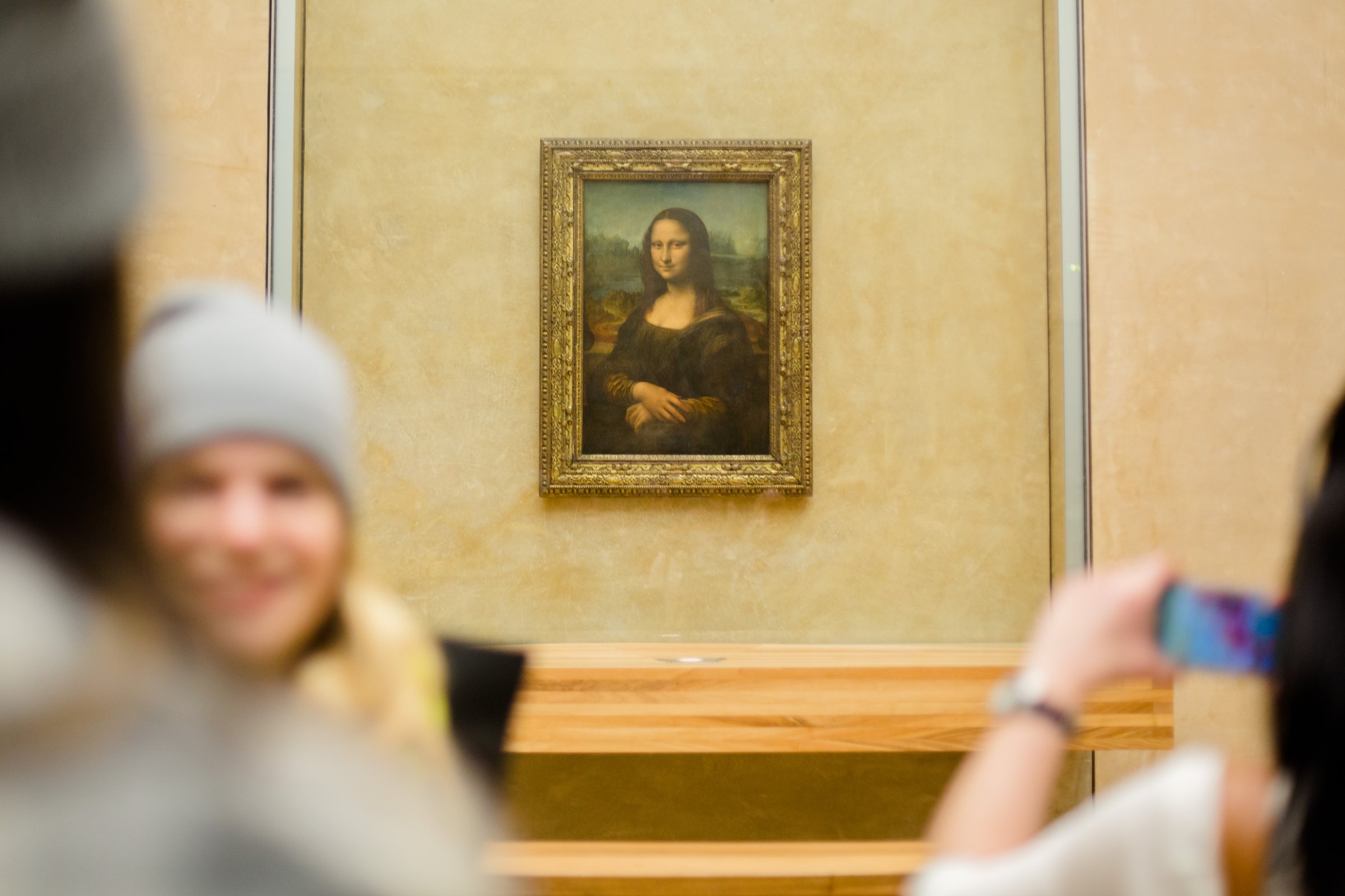
In honor of International Museum Day, we collected the five best museum heists in history. Just thank your lucky stars you weren’t a museum director during any of these thefts.
1) The Isabella Stewart Gardner Museum, The United States: On March 18, 1990, two thieves disguised as Boston Police officers demanded entrance to the Isabella Stewart Gardner Museum. They told the guard on patrol that they were responding to a disturbance, then drew him away from the alarm button and asked him to call his partner. The thieves then handcuffed both of them and threw them in the basement, where they duct-taped their hands and feet to pipes.
The bandits then stole around $500 million worth of priceless art, the largest art heist in history. Priceless works like Vermeer’s The Concert, Rembrandt’s Storm on the Sea of Galilee, and Manet’s Chez Tortoni were taken, never to be found again. Empty frames currently hang in some rooms of the Gardner museum where the paintings originally hung, and tourists visit to see the scene of the crime.
2) The Stockholm Museum, Sweden: Armed burglars stole $30 million worth of art by Renoir and Rembrandt from the Stockholm Museum on December 22, 2000. They staged two car explosions nearby to distract police, then a gunman with a semiautomatic terrorized the museum while his accomplishes grabbed a Rembrandt self-portrait and two Renoirs. Then the thieves escaped in a small boat.
3) The Kunstahl Museum, The Netherlands: Romanian gang members stole seven paintings by Picasso, Matisse, Gaugin and Monet in under three minutes from the Kunhstahl Museum in Rotterdam on October 16, 2012. The thieves got away with the artworks, worth more than $24 million, even though they tripped the small museum’s alarm system — probably because the small museum had no guards.
Last year, the mother of one of the alleged thieves claimed to have burned the paintings, perhaps to protect her son from prosecution. Olga Dogaru’s son was the alleged ringleader of the heist, and his and his accomplices had already been arrested. Dogaru first buried the paintings in different locations, then burned them so the police could never find them. The two thieves have been sentenced to 6-8 years in prison.
4) National Museum of Anthropology, Mexico: Robbers stole 140 precious objects from Mexico’s National Museum of Anthropology on Christmas Eve, 1985, in the largest heist of pre-Colombian objects in history. The bandits picked a sleepy time when they knew the guards would be distracted by holiday cheer, and grabbed several gold, turquoise, and jade objects, as well as an obsidian monkey-shaped-vase worth over $20 million. Most of the stolen objects were very small and easy to transport, making them especially difficult to track down.
5) The Louvre, France: Leonardo da Vinci’s Mona Lisa is now the most famous painting in the Louvre, but it wasn’t always that way. In fact, getting stolen might have been the best thing that ever happened to this tiny Renaissance portrait. On August 21, 1911, three Italian handymen hid in a supply closet overnight in order to sneak into the museum and steal the Mona Lisa. One of them, Vincenzo Perugia, was the man who had installed the protective glass over the Mona Lisa in the first place. The theft was all over the French newspapers, since many people feared that German or American businessmen were buying up all the good art from their museums. The painting became so famous that he couldn’t sell it without getting caught. So he hid it in the false bottom of his trunk until over two years later, when he finally tried to sell the painting. Of course, the police showed up, Perugia was arrested, and the painting was returned, more famous than ever.
More Must-Reads from TIME
- Why Trump’s Message Worked on Latino Men
- What Trump’s Win Could Mean for Housing
- The 100 Must-Read Books of 2024
- Sleep Doctors Share the 1 Tip That’s Changed Their Lives
- Column: Let’s Bring Back Romance
- What It’s Like to Have Long COVID As a Kid
- FX’s Say Nothing Is the Must-Watch Political Thriller of 2024
- Merle Bombardieri Is Helping People Make the Baby Decision
Write to Charlotte Alter at charlotte.alter@time.com